Barolo is king. Nothing less. This is the reputation that this lovely wine from northern Italy has achieved and therefore it is a must for any wine lover to know more about this majestic and complex wine.
What is Barolo?
The answer is more complex than one might think and this is because Barolo represents several things. First and foremost, Barolo is an area in Piemonte, which lies in the northern Italy at the bottom of the Alpes towards Switzerland and has Turin as its largest city. Furthermore, Barolo is also the name of a city that lies approximately 74 km south of Turin and is thereby still a part of Piemonte. Finally, Barolo is also a general term of a red wine made on the Nebbiolo grape, which per definition only can be found in Piemonte and it is with this designation that we take our starting point. In other words, if you are reading this while drinking a glass of red wine poured from a bottle on which it says Barolo, you are on the right track.
However, it is important to emphasize that Piemonte also is home for other types of wine like Barbera and Dolcetto just like the Nebbiolo grape also is used to make the lighter and fruitier Nebbiolo wines and the more elegant and feminine Barbarescos.
The Nebbiolo grape is amongst other things characterized by its very thick skins, which contribute to the high amount of tannic acid (tannins) that always distinguishes a Barolo. Add to the equation a law that dictates a minimum alcohol volume of 13,5% (and more often 14,5-15%) and you will conclude that we are dealing with a very complex, seasoned, heavy and powerful bottle of wine. Having said that, a Barolo can also contain a large amount of elegance and silky-smooth fruit that make up most Pinot noir wines from Burgundy.
Traditionalists VS modernists
Just like with many kings and other positions at court, Barolo has been fought for (albeit not as bloody) in at least as intense battles regarding the definition of the real Barolo. In general, the difference lies between traditionalists and modernists and a bottle of Barolo can taste very different depending on which of the two schools it represents.
One of the differences between the two styles, is the period of the maceration (skin contact). Traditionalists favour a shorter period down to 8 days where modernists may use up to 7 weeks. The latter of the two produce a higher amount of alcohol and more tannins resulting in a considerably more complex wine.
Another point where the two styles deviate is cask ageing. With the traditionalists, the tradition (pun intended) is to use large, used barrels (also known as tonneaux) of 500-600 litres while the modernists in a higher degree work with used, French barrels (barriques) of approximately 225 litres. The difference is that smaller barrels produce more flavour of the barrel, although this may seem like a paradox, but this is because the wine in smaller barrels has more contact with the wood due to the limited amount of space. Typical characteristics of small and new barrels are a higher degree of taste and smell of wood and vanilla where used barrels add flavour of the wines previously aged in the same barrel. Common for both styles however is that the wine must rest a minimum of 1,5 years as stated by Italian law.
Good to age, good to eat
Because of the Nebbiolo grape’s thick skin and combined with the relative long cask ageing, Barolo is one of the best wines in the world to store. In fact, a good Barolo from the best vintages won’t peak until after 10 years and while this may seem like a long time, the waiting time is reduced by the fact that Italian law dictates that a Barolo can’t be released until 3 whole years (starting 1 January) after the harvest year.
Since Barolo quite naturally obtains a bit of age before it is opened, this also requires that it is opened anywhere from 1 to 4 hours before serving (again depending on the vintage) just as it can’t be served too warm as this will result in too unstable an experience in the mouth. It is not uncommon that a Barolo will change flavour and character during the first hour in the glass, as it will rise in temperature and be exposed to more oxygen. From a serving point of view, it its best with large Burgundy-like glasses and optimally at 15-16 degrees Celsius.
From a gastronomical perspective, Barolo has both possibilities and challenges. The powerful tannins and the high amount of alcohol mean that many dishes can’t keep up. However, when finding the perfect match, we are dealing with some of the best raw ingredients on the planet where the Italian cuisine really gets to shine.
As mentioned, not any old dish can keep up with Barolo and red meat will often be a sure winner, since the tannins in the wine will find and attack the proteins of the meet and create a symbiosis. And by red meat it doesn’t necessarily has to be a rare steak on the grill but also more complex and intense dishes like stews with lots of dark sauces and spices. Still, if in possession of a good steak, do yourself the favour of adding a few slices of foie gras and a bit of freshly grated truffle (for instance white truffle from Piemonte) just to make it as decadent as possible!
All in all, Barolo goes well with heavy and rich dishes that act as a counterpart to the increased amount of alcohol. In Piemonte, this will typically be exemplified in fatty chunks of beef, rolled in flour, braised and then simmered for hours in Nebbiolo. If one prefers cheese to ones Barolo then both parmesan and Comté can be recommended.
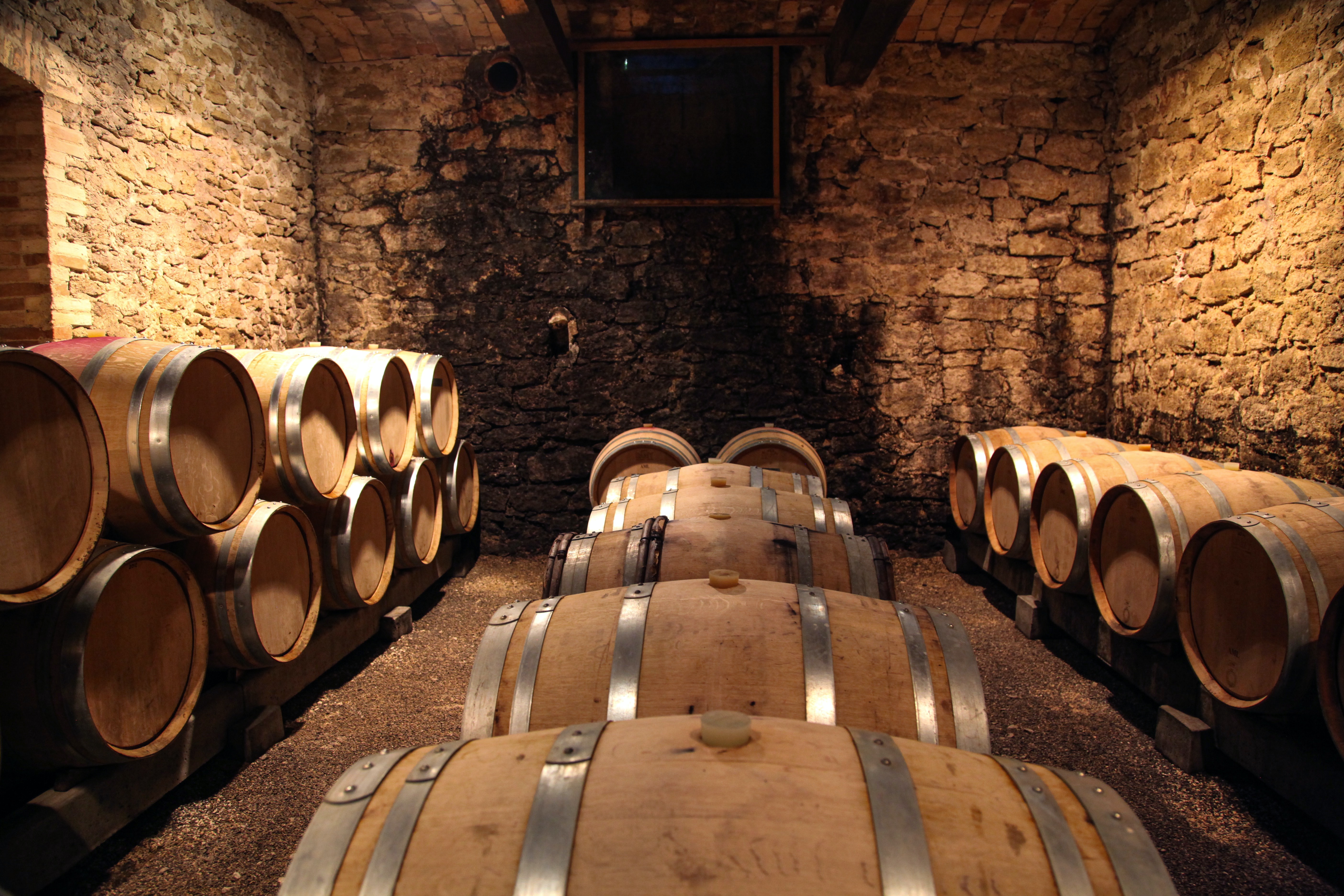
Crazy about wine
This post is written by our very own wine expert and communications specialist Loui, who has his daily routine in our marketing department in Denmark.
Loui will continuously share his knowledge of the marvelous world of wine, and we dare to promise that there will be something for both the beginner and the seasoned connoisseur.
If you are thirsty for more wine cravings, you can also dive into our large archive of previous articles.
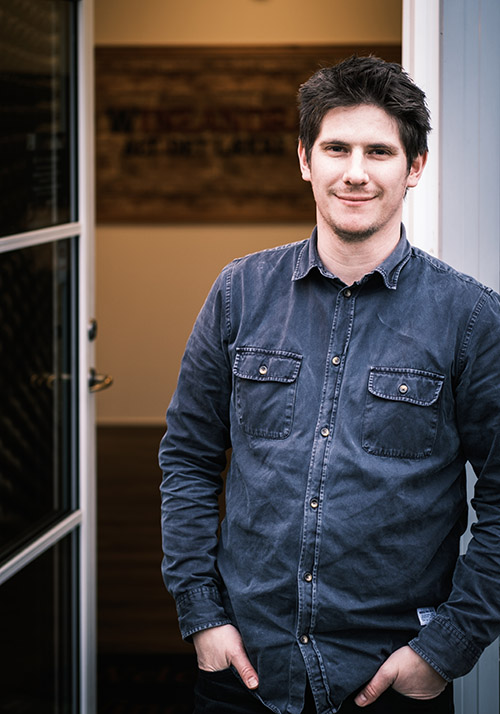
















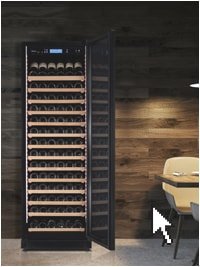
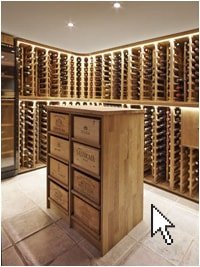
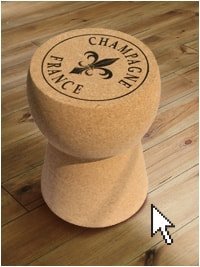
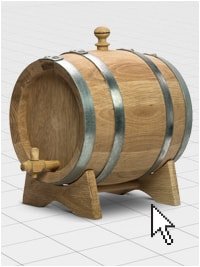
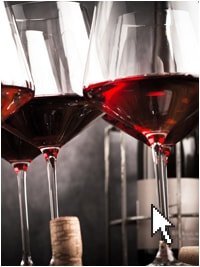
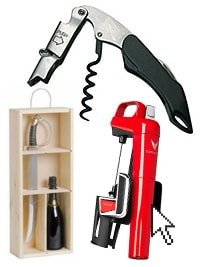
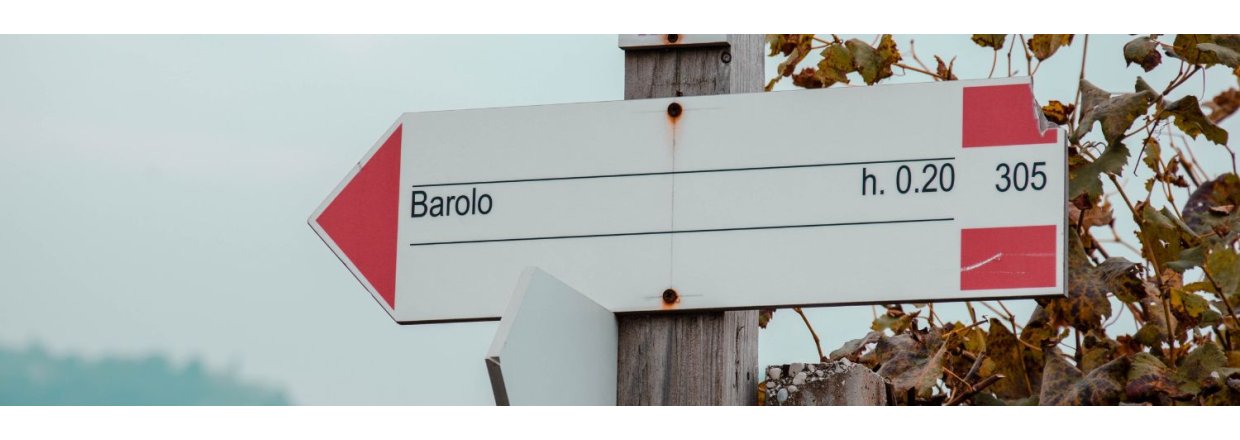
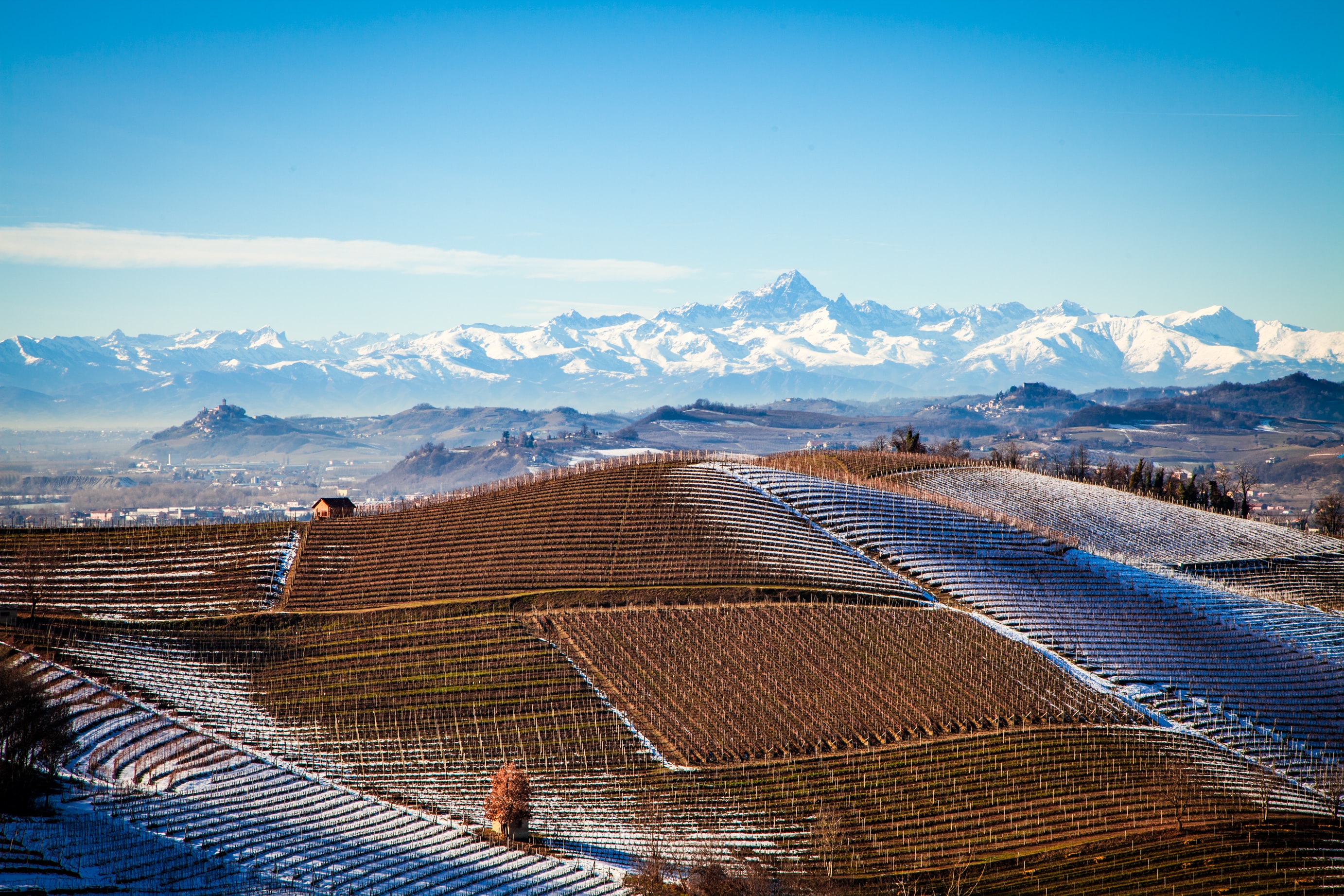
-2.png)
-(2)-2.png)
.png)

















We will publicly show your name and comment on this website. Your email is to ensure that the author of this post can get back to you. We promise to keep your data safe and secure.